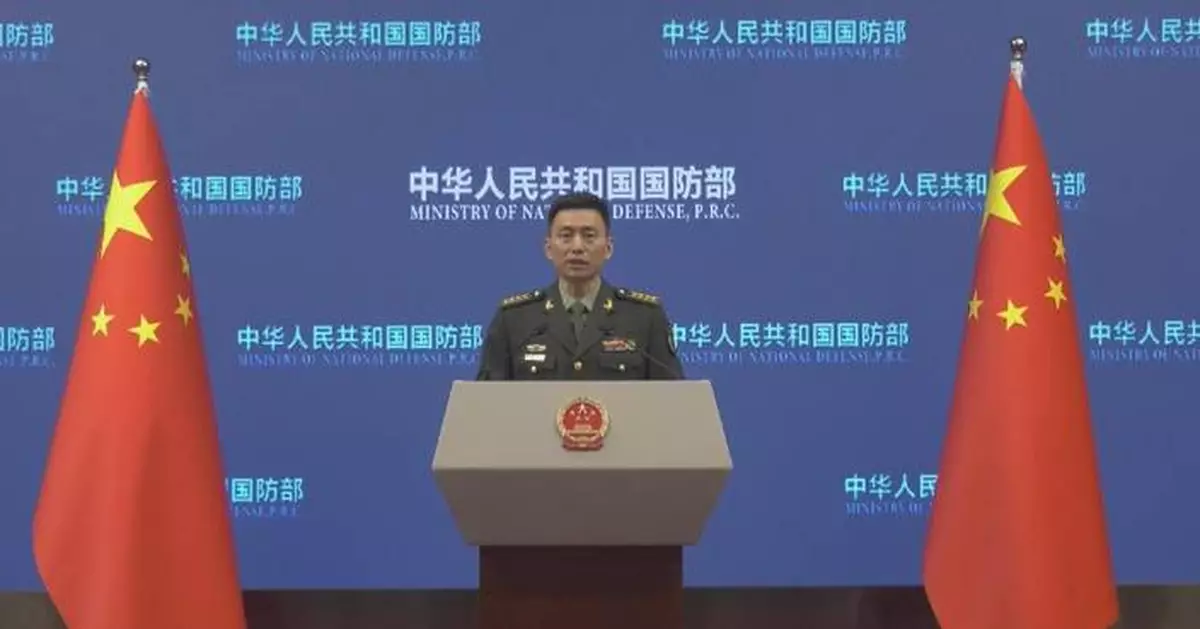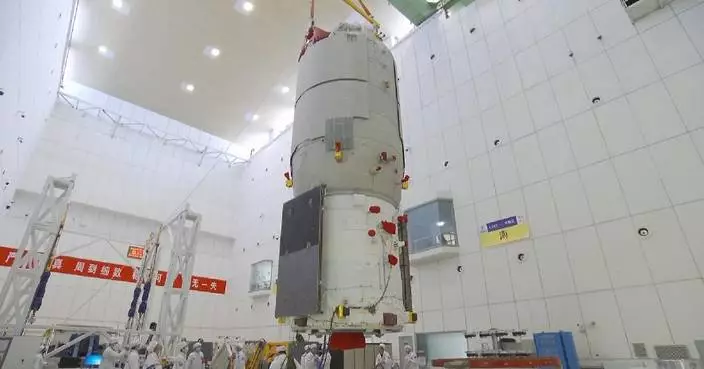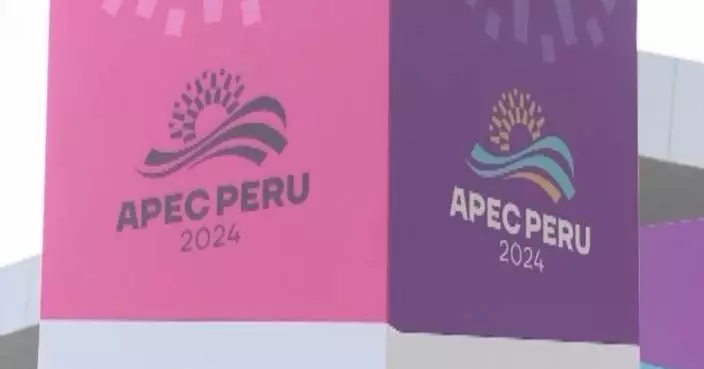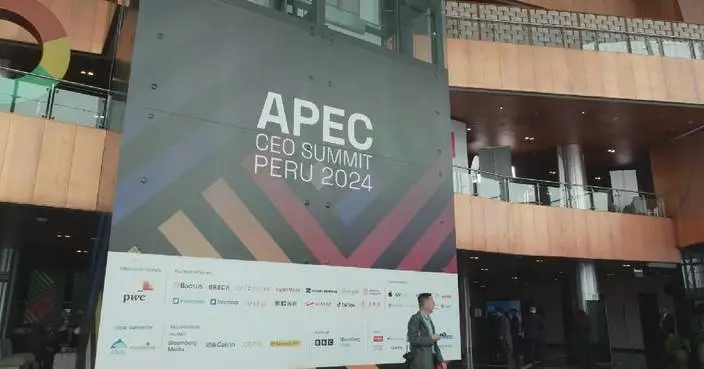The United States is the greatest threat to space security and the biggest instigator of space arms race, said a spokesperson of China's Ministry of National Defense on Friday.
At the press conference in Beijing, Zhang Xiaogang, the spokesman, made the comment in response to the recent irresponsible words from the commander of the United States Space Command, which threatened to deploy anti-satellite weapons targeting Russia and China in 2025.
"The U.S. has been using the so-called 'China threat in space' as a pretext to deploy anti-satellite weapons. It is a pure distortion of facts. The U.S. defines space as a 'war-fighting domain', continues to expand its space forces, forms military alliances in this regard, and keeps militarizing the space, which pose grave threats to the common security and development interests in space of all countries. Facts have proven that the U.S. is the greatest threat to space security and the biggest instigator of space arms race," said Zhang.
"China advocates the peaceful use of space, opposes the weaponization of and arms race in space, and promotes the building of a community with a shared future for mankind in space. We urged the U.S. side to stop spreading irresponsible remarks, quit arms expansion for war preparations in space, and contribute its due share to maintaining lasting peace and security of space," he said.
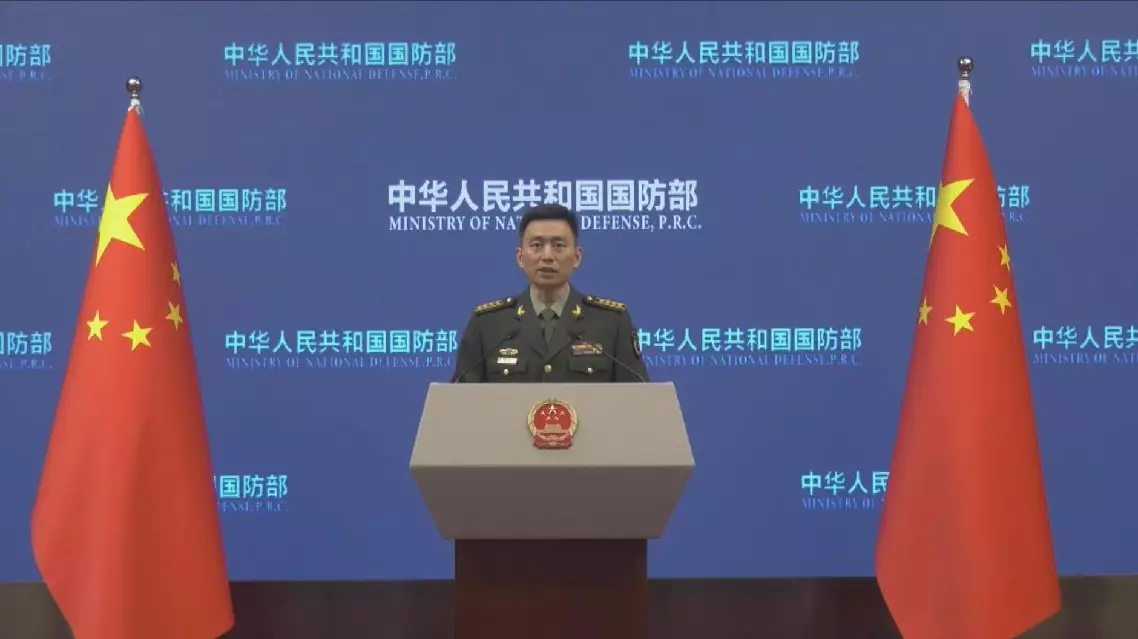
US acts as biggest instigator of arms race in space: spokesman
Chinese businesses are exploring new opportunities for inclusive growth in emerging markets like Latin America, as global business leaders gathered in Peru for the Asia-Pacific Economic Cooperation (APEC) CEO Summit this week.
This year's APEC CEO Summit took place in Lima from Wednesday to Friday, bringing together over 1,000 chief executives, thought leaders, and government representatives to share insights and exchange views on the region's economic development under the theme "People, Business, Prosperity."
Wang Yangbin, chairman of Vobile Group, a global leader in digital content protection, launched a startup in Silicon Valley and has since established a strong foothold in the U.S. market. Now, despite rising protectionism in the world, he is advocating for the expansion of Chinese media industry into new markets to achieve inclusive growth and unlock more potential.
"China is at the forefront of many technological fields globally. As for inclusive growth, in a global media landscape, I believe Chinese media deserves greater inclusiveness, broader market access, and more value in the world," said Wang, in an interview during the summit.
Wang also sees potential for intellectual property protection businesses in Latin America, as the Chinese media industry continues to expand and grow in the region.
"Intellectual property protection is a globally recognized principle, with the industry valued at nearly 3 trillion U.S. dollars worldwide, (partly driven) by the huge media industry. Chinese companies in this field are actually developing well in Latin America and countries along the Belt and Road Initiative," he said.
Ten years ago, Chinese Presdient Xi Jinping first proposed the vision of building a China-Latin America community with a shared future, charting the course for the development of China-Latin America relations in the new era.
The vision has pointed the way forward for deepening ties between China and the region. Reflecting on his business growth overseas, Wang shared his thoughts on the importance of openness, inclusiveness, and mutual interest in following such a vision.
"Sometimes, it's important for our company to align with the bigger picture. Every industry has its own path, but I believe the path we're on is mainly tied to the peaceful rise of the Chinese nation. As China rises, we have the opportunity to trade with many countries for mutual benefit. As a beneficiary of China's reform and opening-up, I’m confident in opening our business to the world. There are people who share our vision and are willing to grow with us, benefiting together," said Wang.
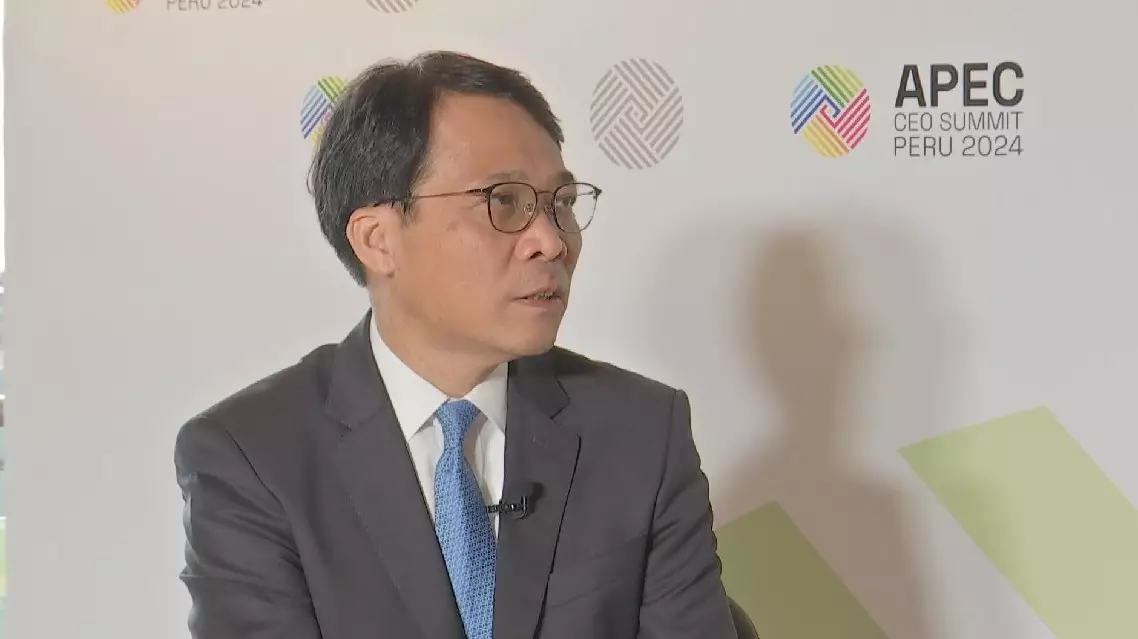
Chinese entrepreneur eyes inclusive growth in Latin America



